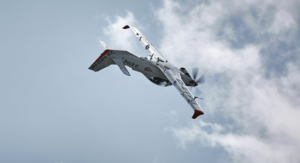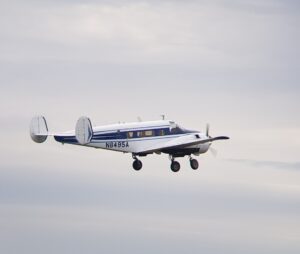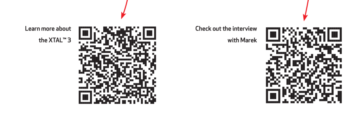Skin to core composites are used in many aircraft interior applications, such as overhead bins, galley walls and ceiling panels. In addition to delivering mechanical strength, dimensional stability and low heat release, these structures are lightweight and help manufacturers meet weight reduction requirements.
Given their important role in aircraft interior construction, it’s a good idea to use the proper materials in their assembly. While many bonding options exist for these skin to core composite structures, web adhesives offer four distinct advantages: 

- Enhanced Manufacturing Flexibility
Web adhesives are thermoplastic solutions, which means they can be re-heated and re-melted if need be during assembly. This capability gives manufacturers additional application flexibility. They can make changes to the process using existing materials instead of starting over and having to scrap the materials.
Additionally, web adhesives offer versatile bonding capabilities, with good adhesion to a wide range of core and pre-preg materials, including epoxy.
- Increased Variety of Activation Temperatures
Web adhesives are available in a wide variety of activation temperatures, ranging from 88°C to 177°C (190.4°F to 350.6°F). This offers manufacturing advantages, since foam and honeycomb core materials can be sensitive to temperature. Many adhesives require high temperatures to cure, which can damage the core material. This is not an issue when using web adhesives for skin to core composites, and the core does not get damaged.
- Streamlined Application Processes
When applying liquid adhesives, it can be difficult to achieve a uniform bond line. This can affect the strength of the sandwich part. Additionally, on porous substrates, the adhesive may require multiple coats for good adhesion, which slows down the manufacturing process.
Web adhesives, on the other hand, offer strong adhesion in just one application step. The design of the webs allows them to melt away from gaps in the core material, instead providing uniform adhesion in places where the core material meets the face sheet. This allows manufacturers to use a lower relative coat weight without sacrificing adhesive strength.
- Improved Sustainability
In addition to streamlined processes, web adhesives reduce adhesive consumption and decrease the amount of production waste. Furthermore, as 100% solid, solvent-free solutions, they don’t release any toxic chemicals during application and improve worker safety. By offering environmentally friendly processing, web adhesives help improve in plants’ sustainability efforts overall.
—
Contact us for more information on how Bostik’s web adhesives are ideal for skin to core composites. You can also view this other relevant content:
- SEO Powered Content & PR Distribution. Get Amplified Today.
- Platoblockchain. Web3 Metaverse Intelligence. Knowledge Amplified. Access Here.
- Source: https://industrial.bostik.com/skin-to-core-composites-web-adhesives/
- addition
- Additional
- aircraft
- Application
- applications
- available
- chemicals
- construction
- consumption
- content
- cure
- delivering
- Design
- during
- environmentally friendly
- Face
- Flexibility
- good
- help
- High
- How
- HTTPS
- idea
- important
- Including
- information
- IT
- Line
- Liquid
- manufacturing
- materials
- more
- offer
- offering
- Offers
- Options
- Other
- process
- Production
- range
- reduce
- release
- Requirements
- Safety
- Skin
- Solutions
- Stability
- Sustainability
- View
- web
- without
- worker safety












